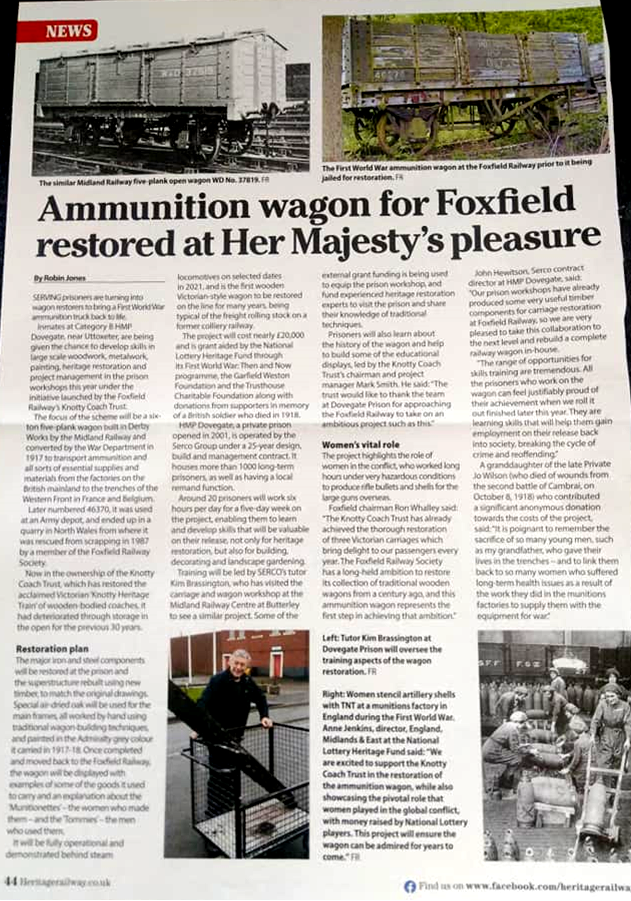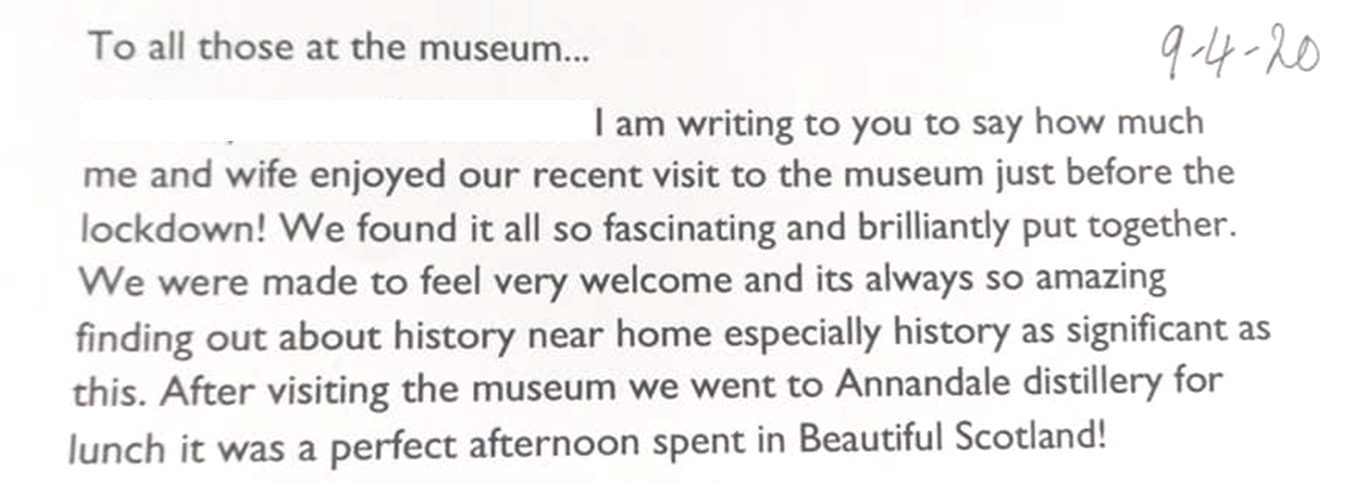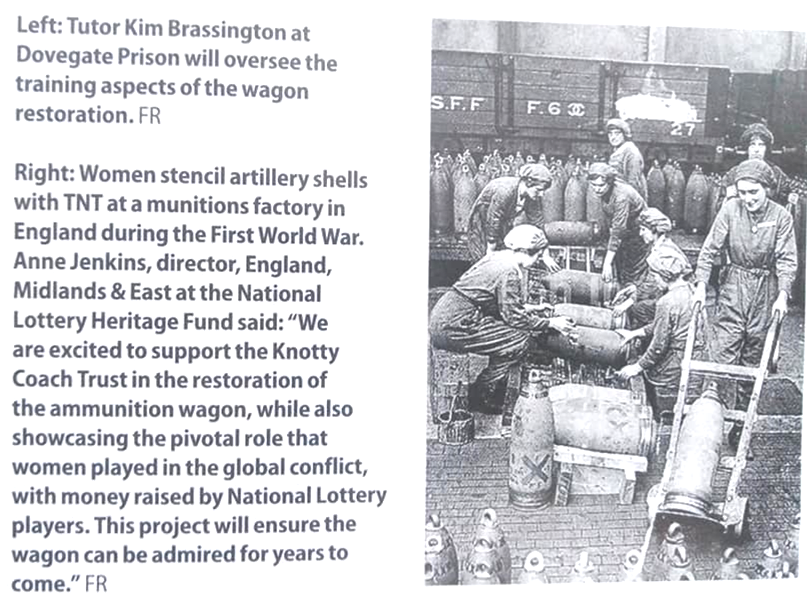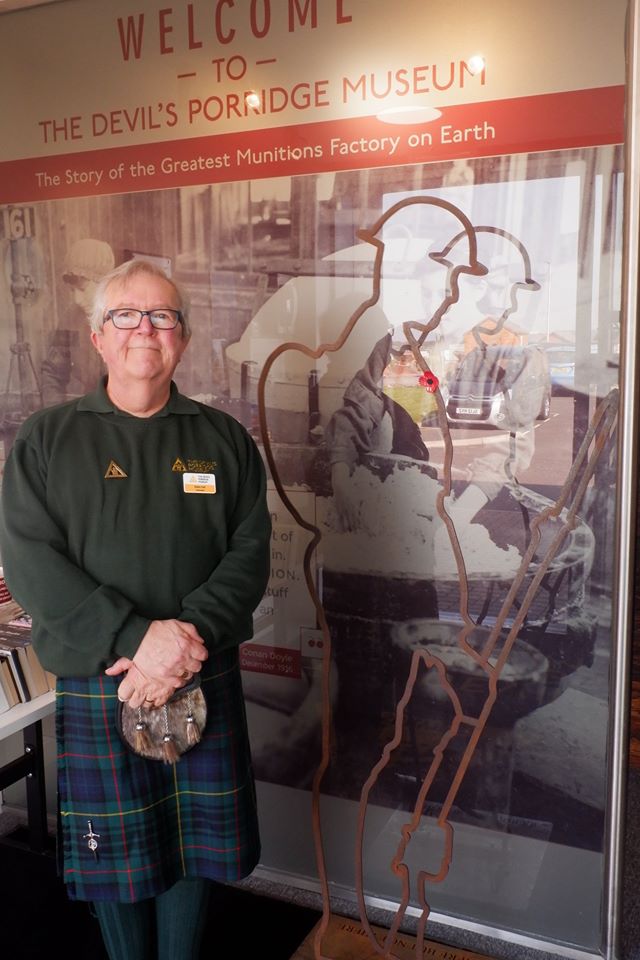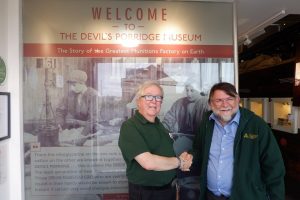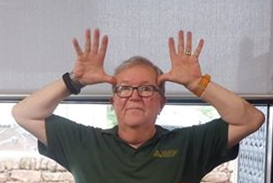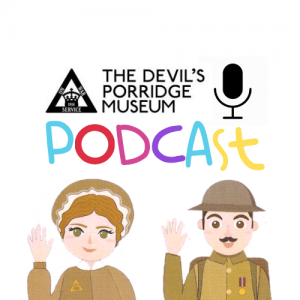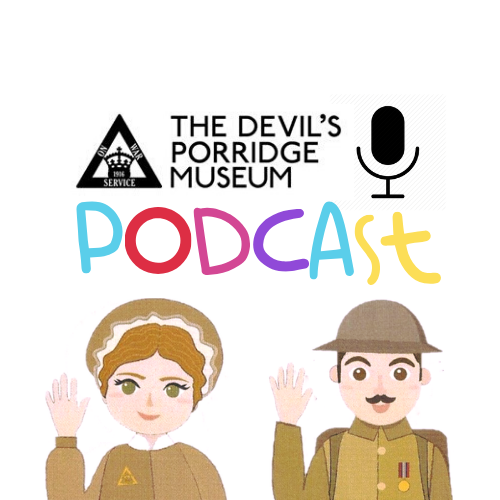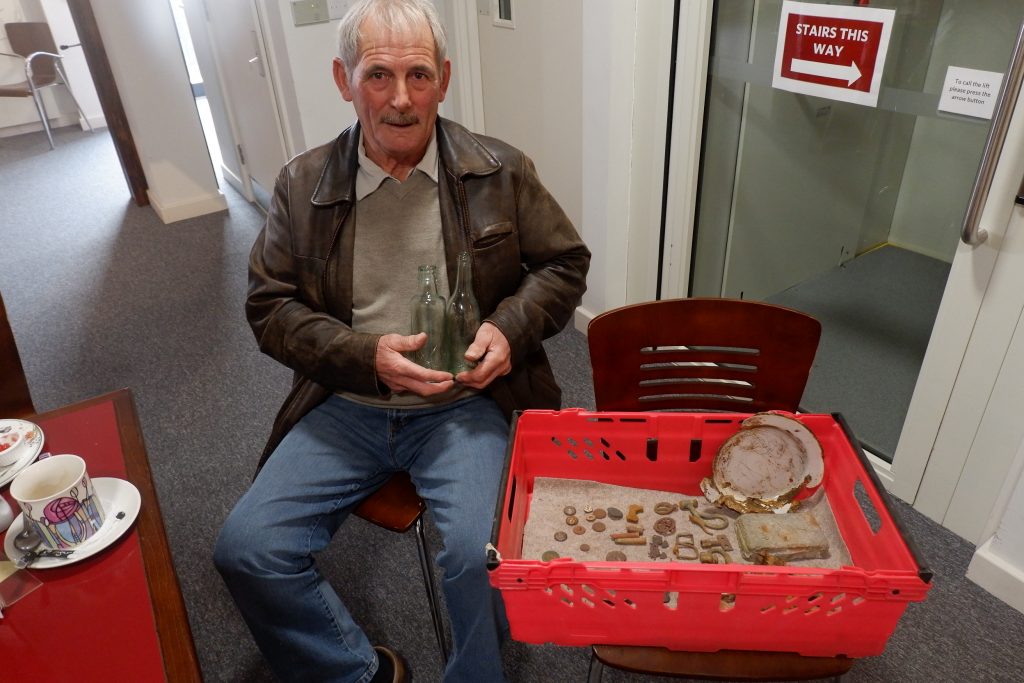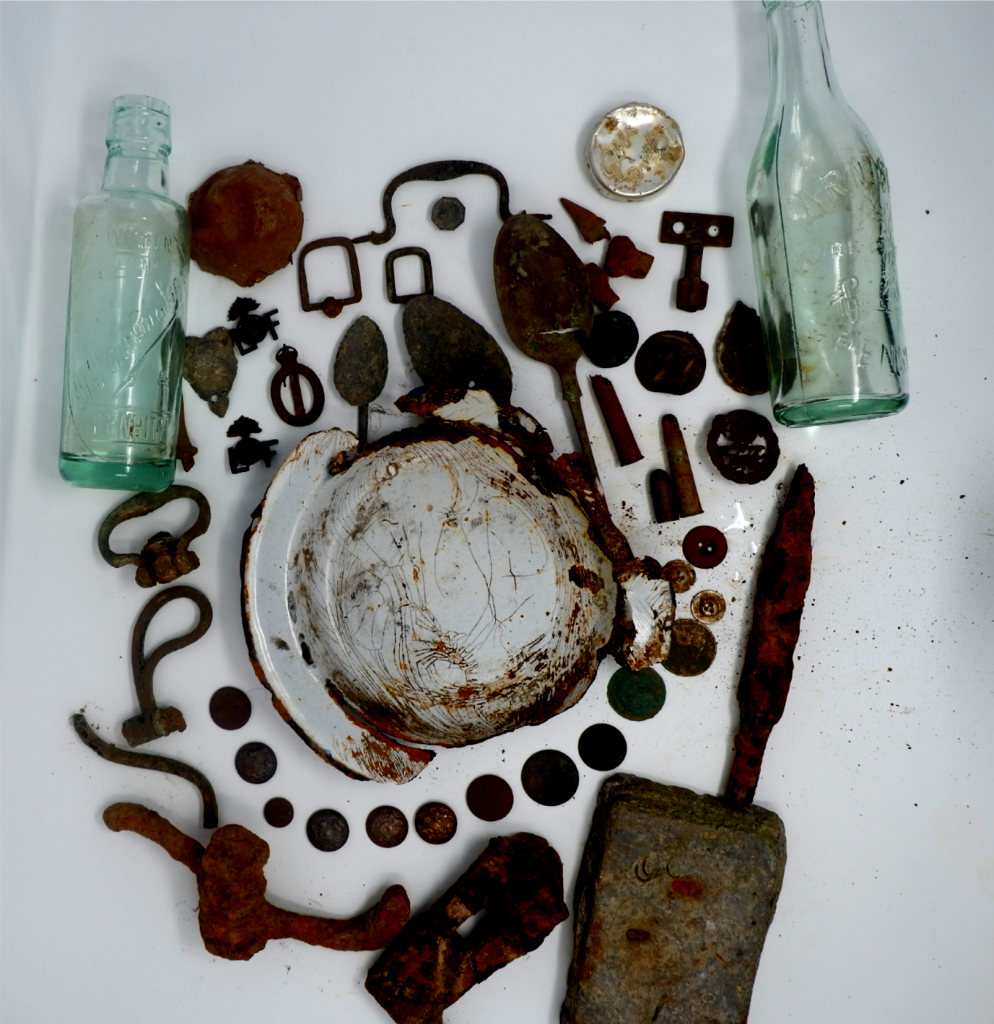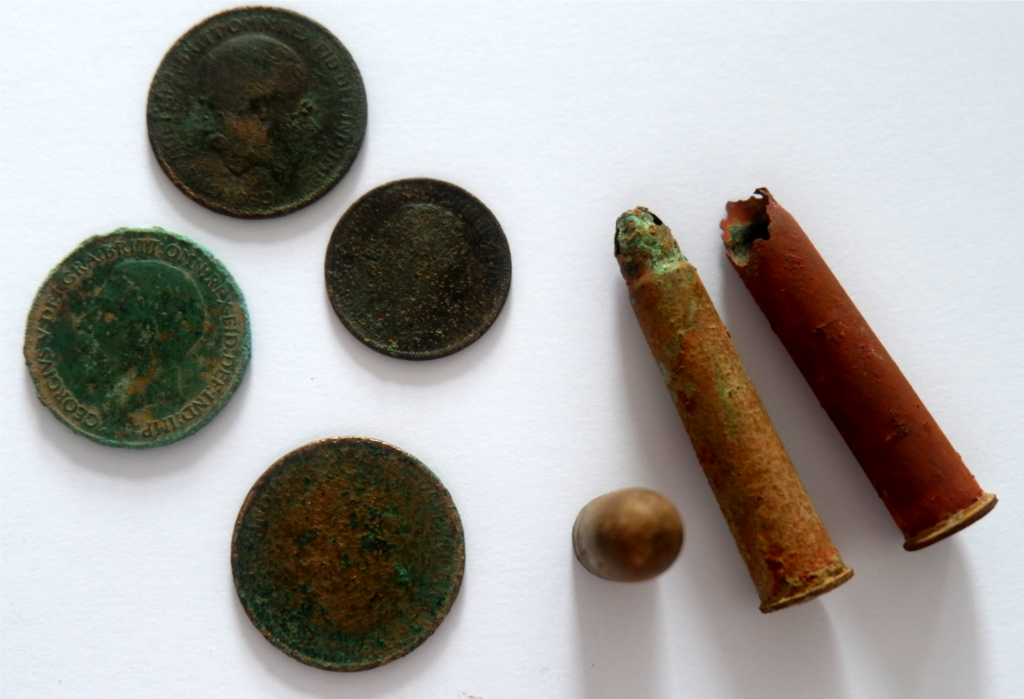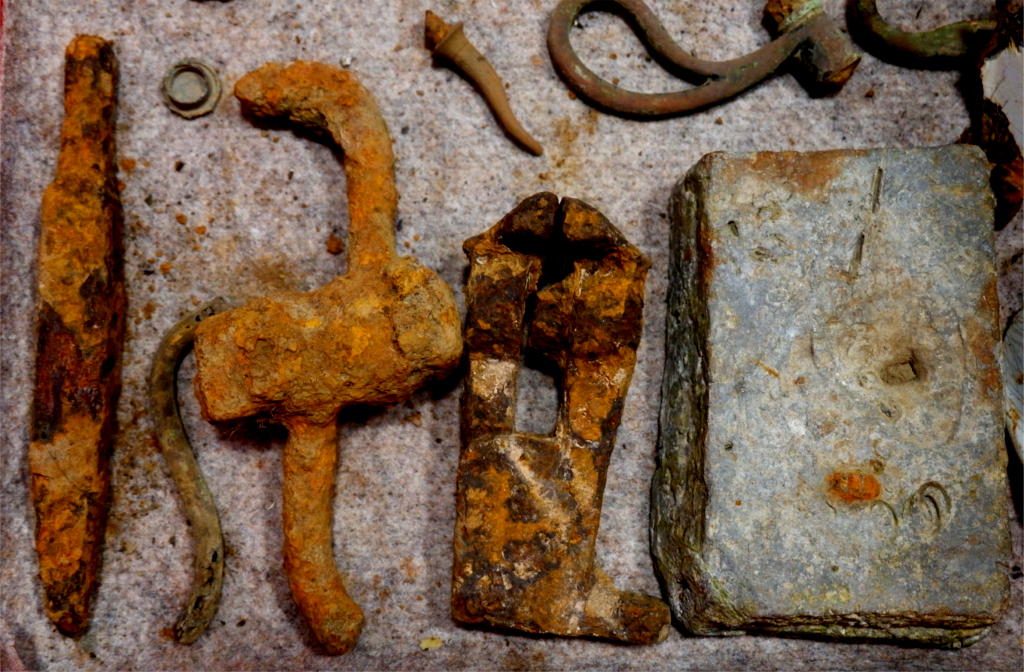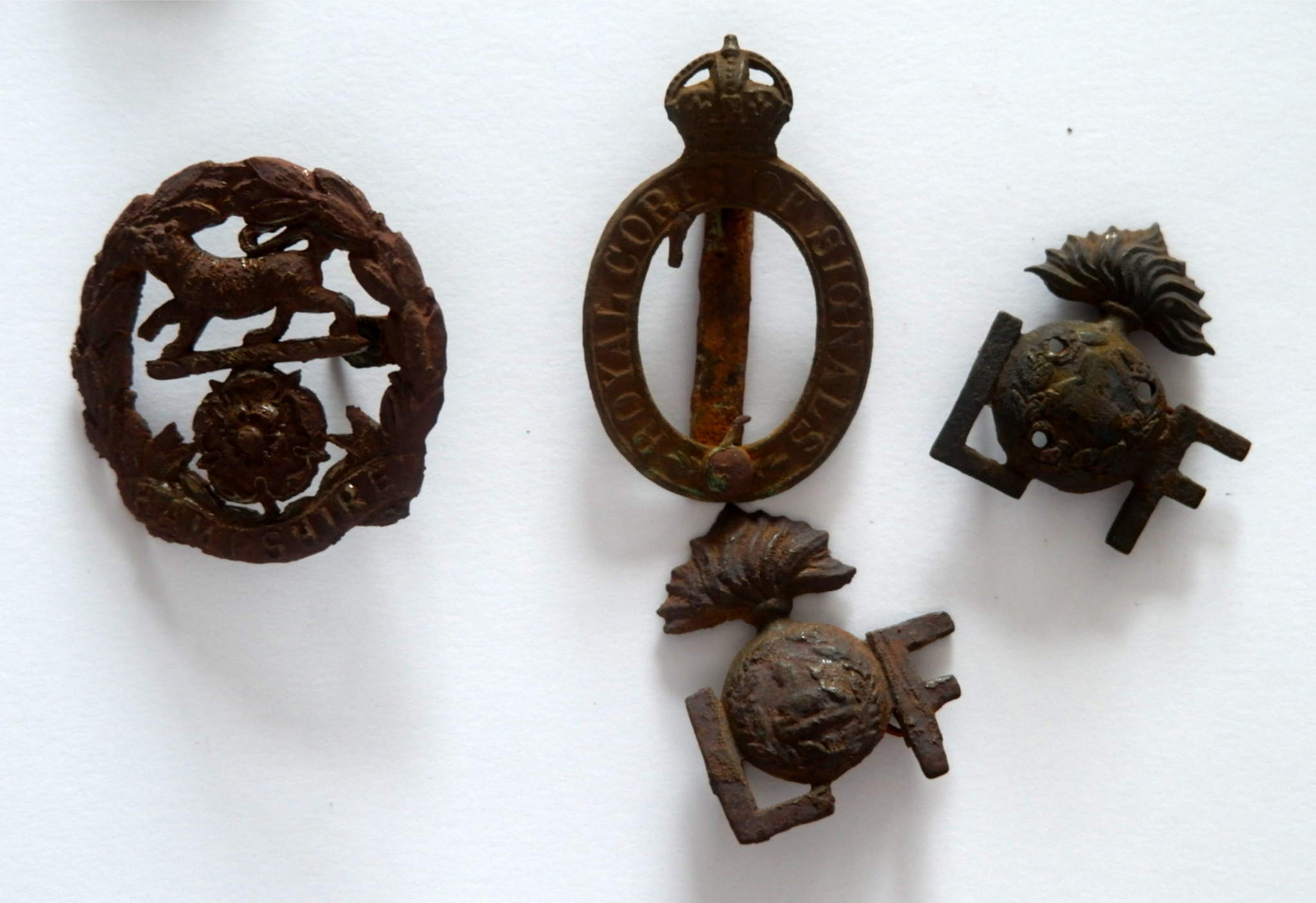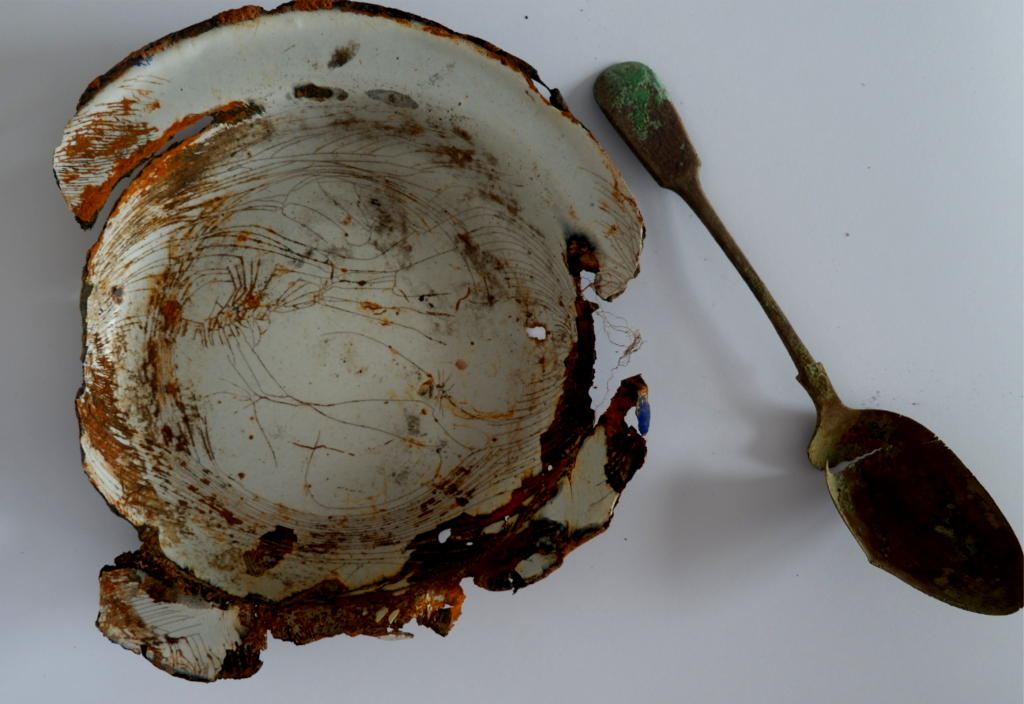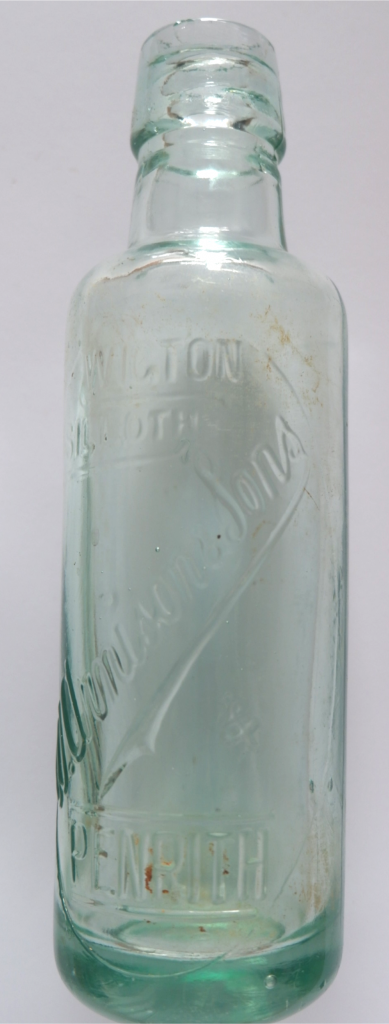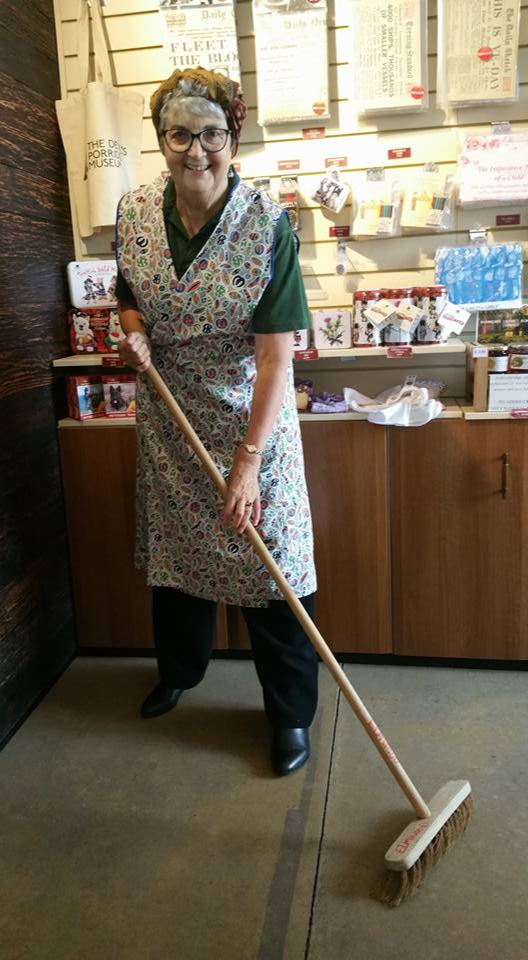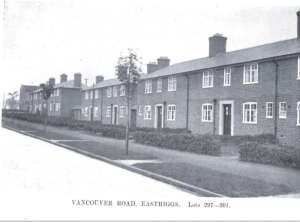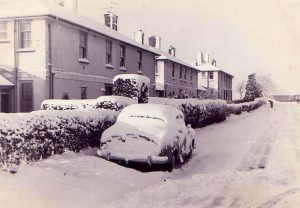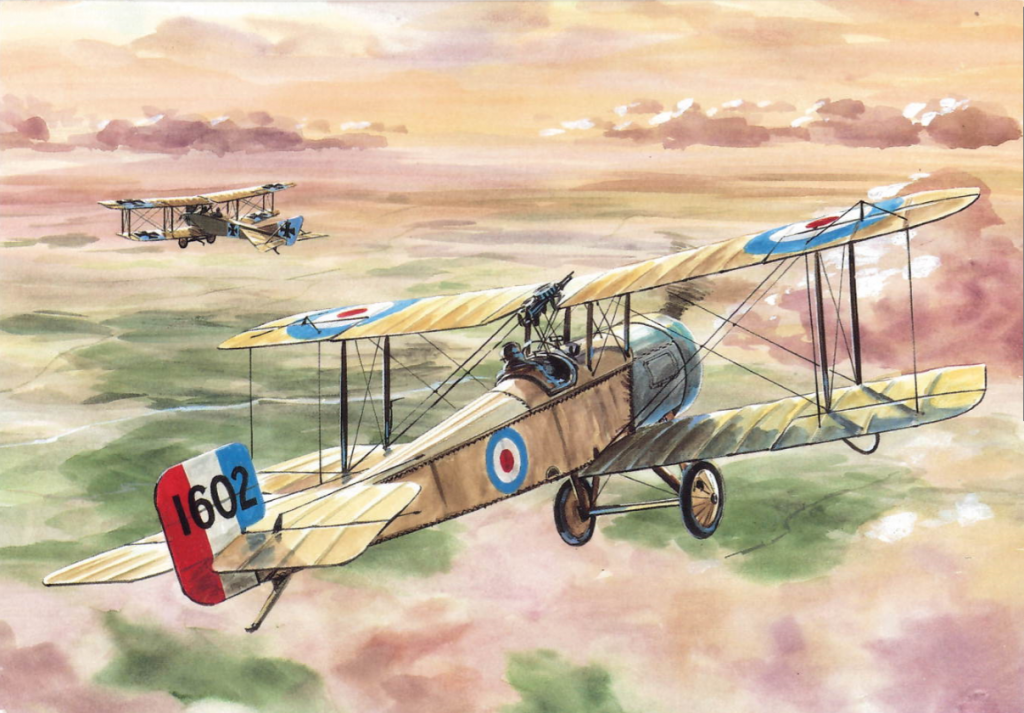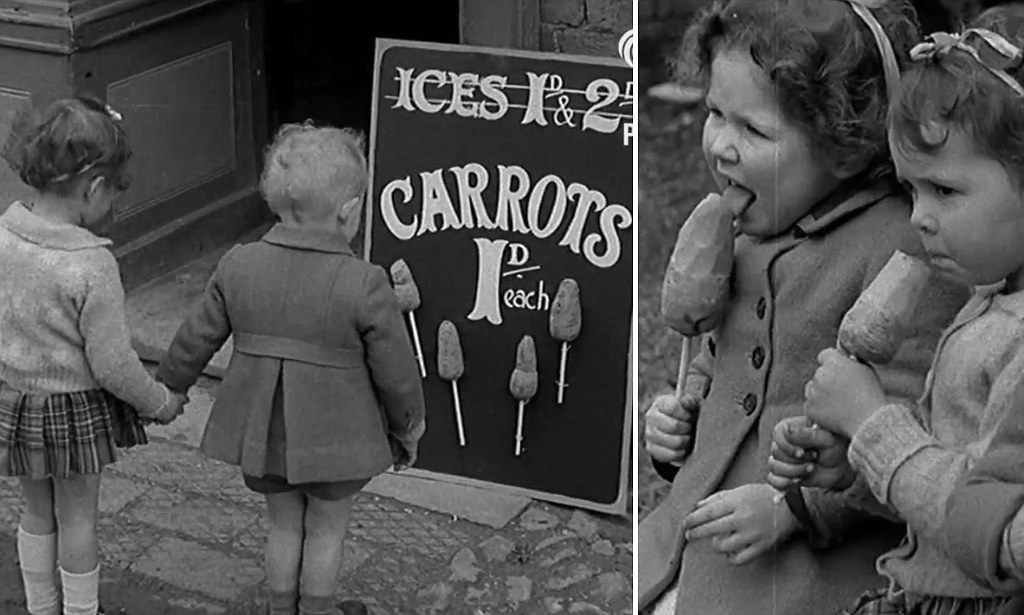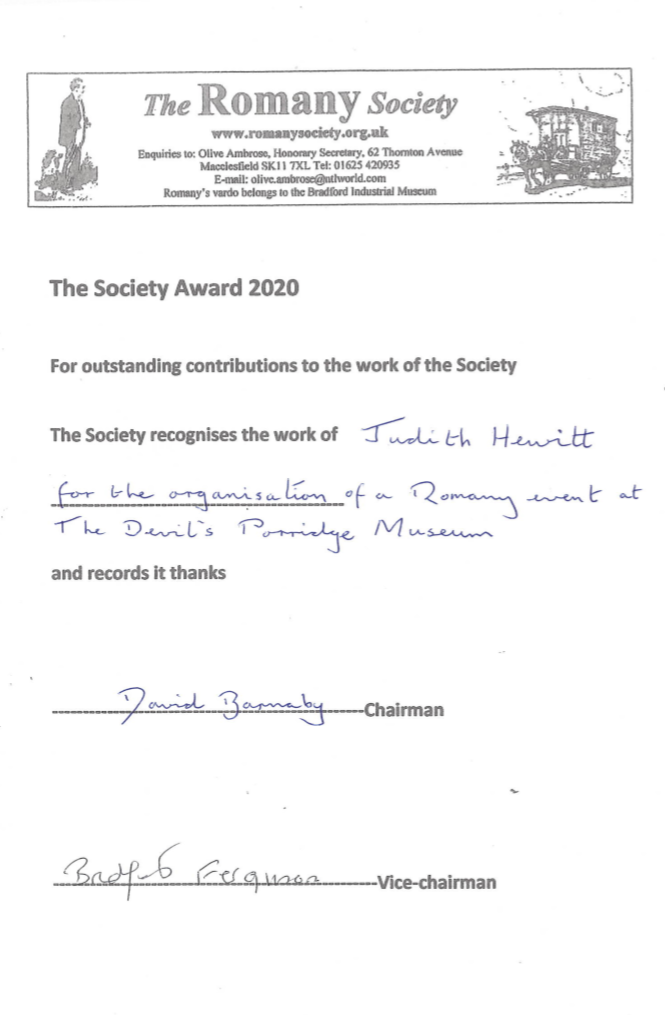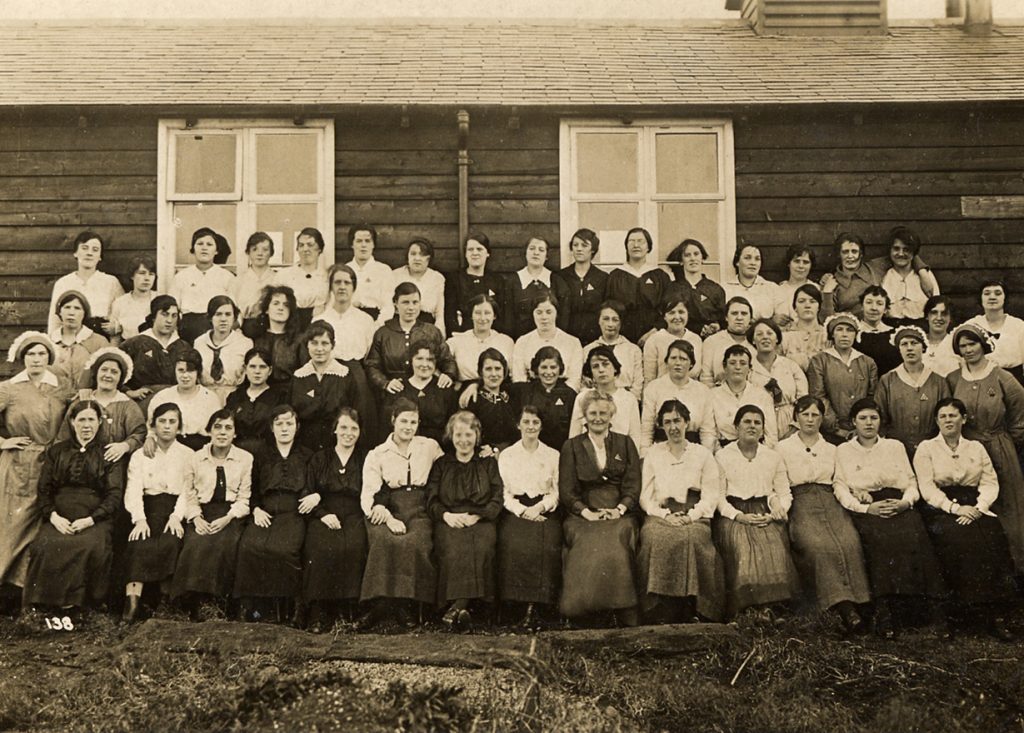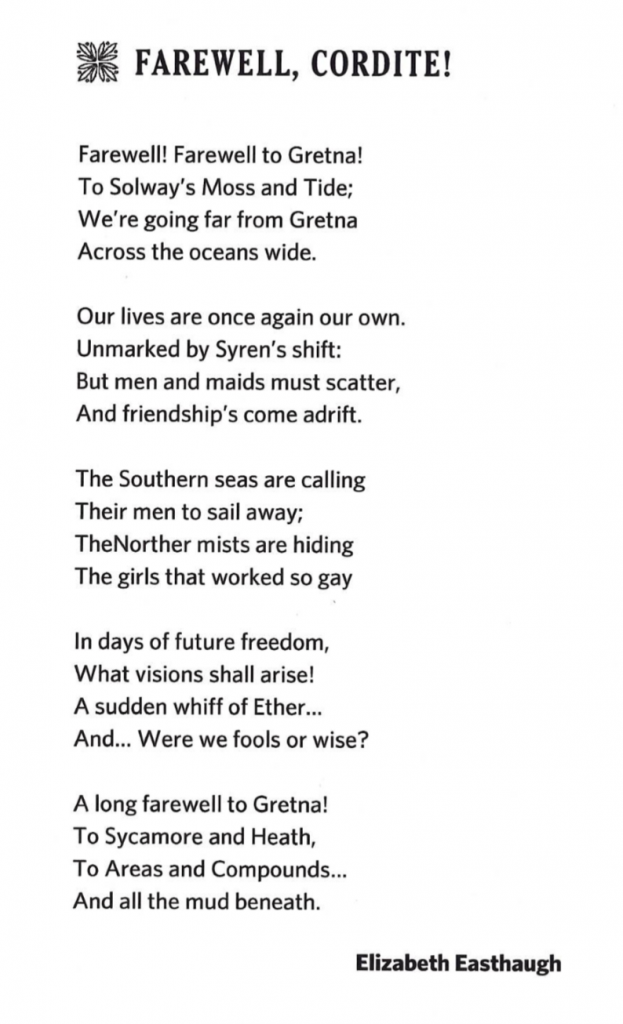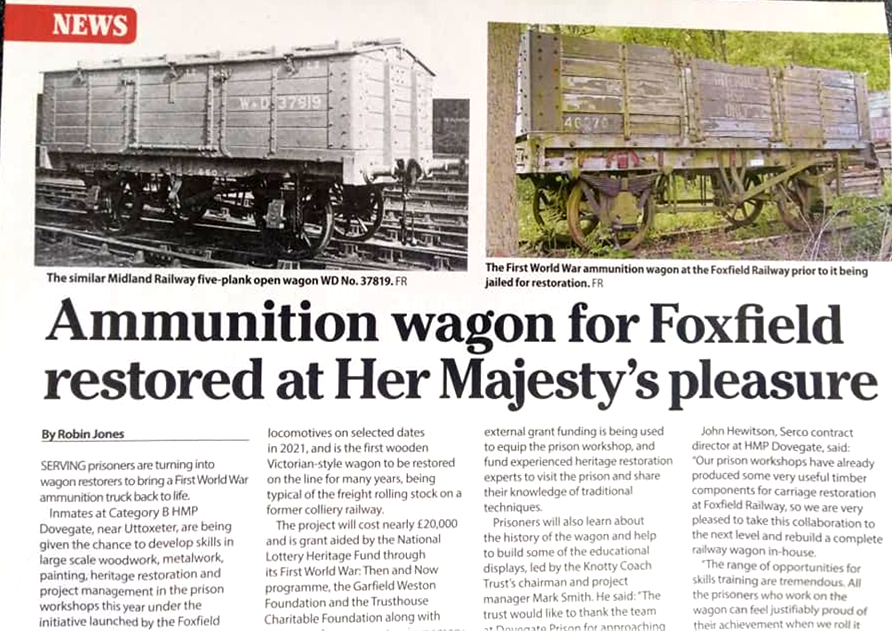
We were very pleased to receive this letter to the Museum recently. It came from a couple who live in Cumbria. The letter expressed their appreciation for the Museum (which is always nice to hear) and they also included an interesting article about a World War One ammunition wagon.
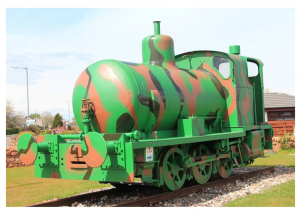
Sir James, the Fireless Locomotive outside the Museum.
The Museum has a World War One fireless locomotive outside which our visitor referenced in their letter. This loco is called Sir James. It was used at HM Factory Gretna in World War One. Some of the Museum displays focus on the use of railways within the Factory site – over 120 miles of railway track were laid and 16 stations were built within a complex which was nine miles in length.
Excerpts from the letter below…
And, below, the article which was shared (which also includes a look at female munitions workers, The Devil’s Porridge Museum also considers the lives and experiences of 12,000 women workers).
